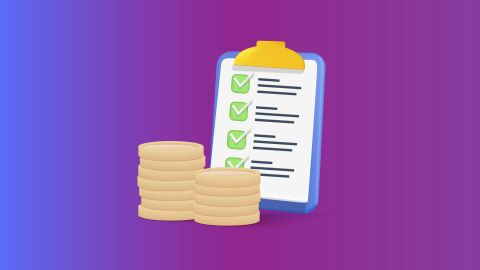Do you want to improve your business operations and productivity while maximising profits? Implementing lean principles might just be the answer. Lean principles, also known as lean management, have become vital in today's fast-paced business world. They help to eliminate waste, streamline processes, and create more value for customers.
In this article, we will explore what lean principles are and how you can apply them to your business operations to achieve optimal results.
What are lean principles?
Lean principles were originally developed by Toyota after World War II. The main idea behind the principles is to improve the efficiency of business processes by reducing waste and adding value. The approach aims to create a culture of continuous improvement, where employees are encouraged to identify and eliminate waste in business operations.
A key aspect of lean principles is identifying the seven forms of waste, known as 'muda' in Japanese that can occur in any business process:
- Overproduction: producing more than what is required
- Wait time: excessive waiting periods between steps in a process
- Defects: errors or defects that lead to product rejection or rework
- Overprocessing: using more resources than necessary to perform a task
- Excessive inventory: storing more inventory than required
- Unnecessary motion: unnecessary movement of people or products
- Unused talent: underutilisation of employee's talent and potential
By identifying and addressing these forms of waste, businesses can create more efficient processes and reduce costs. Implementing lean principles help businesses become more efficient by minimising waste, streamlining processes, and optimisation, thereby maximising value and profits.
How to apply lean principles to your business operations
The following are the basic steps that you can take to apply lean principles to your business:
- Identify value-adding activities: The first step is to identify the core activities that add value to your business. Once you have identified these activities, you can focus on streamlining them to minimise waste.
- Map the process: It is helpful to map out the process to identify any inefficiencies and waste, which can then be eliminated. Create a flowchart or diagram and visualise the movement of products and people in the business process.
- Eliminate waste: Once you have identified the waste, take steps to eliminate it. This can include standardising procedures, training employees, and implementing automation.
- Implement continuous improvement: Continuous improvement is a cornerstone of lean principles. Encourage employees to participate in identifying areas that can be improved. This will help create a culture of continuous improvement and innovation.
By implementing lean principles in your business operations, you can improve efficiency, reduce costs, and increase customer satisfaction, which can ultimately lead to increased revenue and profits.
Incorporating lean principles to achieve business loan easily
You can even leverage the implementation of lean principles to apply for business loans. By introducing lean principles in your business, achieving profitability and a healthy cash flow, lenders will trust your business operations and processes, and this enhances your borrowing potential.
Are you ready to take your business operations to the next level? Incorporating lean principles can be your game-changer. To get access to capital to help fund your lean operations – apply for a Bajaj Finserv Business Loan today.




